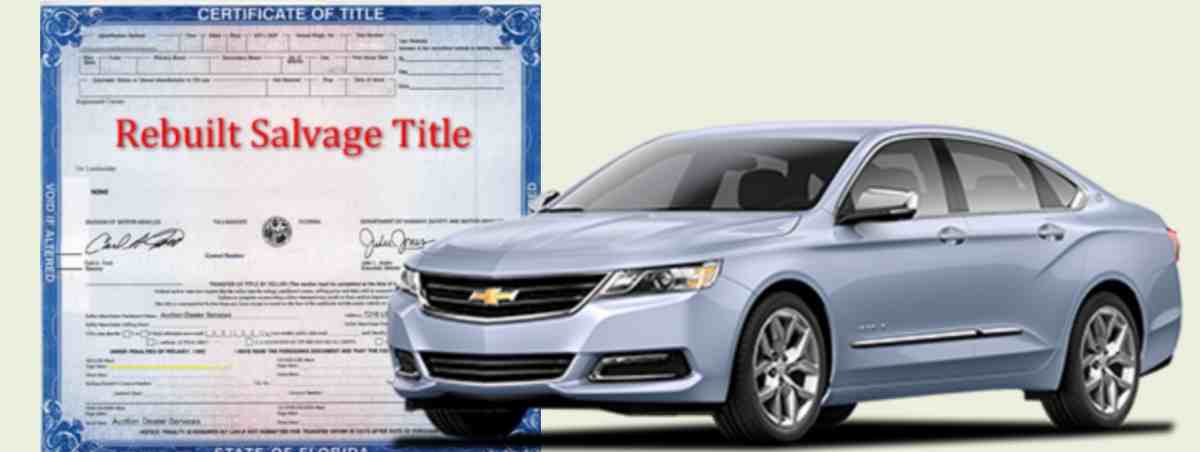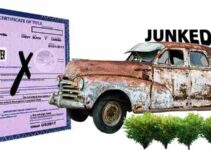In this guide, you still learn how to push start a car by yourself. It is important to know the basics whether or not you find yourself in a circumstance where nobody is around to give you a helping hand, and no place to power your battery.
It is still pretty common for people to push start their car, especially that use a manual gearbox when the battery is dead. When you get your car to roll at a certain speed, you hop in and shift the gear to the 2nd or 3rd and release the clutch. The car rolling momentum will cause the engine to starts revving, the alternator is forced to produce electricity, which causes a spark in the sparkplugs. There you go with a running engine, except you have to push it again.
It is quite unsafe to push start a car alone but you can do it. You must be careful not to lose your speed while running with the car so that you do not lose control of it. Of course, it can go crashing.
Can you push start a car on your own?

Yes, you can push start your own car. It has to be a manual transmission because an automatic transmission will require even more momentum up to 30+ mph to start. You are not even guaranteed. Starting a car on your own is not entirely advisable.
How to Push Start a Car by Yourself
In this section, you will discover the way to get your dead car running by pushing it without help from someone. This method should be your last resort because you risk losing control of your rolling car, which can crash into something.
Below are the steps to push start a car yourself:
-
Check that Your Car is Manual Transmission and Can be Push Started
Make sure your vehicle can be push started. It should have a manual transmission, and the engine technology should not heavily dependent on the battery. For instance, an older mechanically-controlled diesel or a pre-ECM gasoline engine that depends on the battery to fire the plugs but not run the starter.
-
Prep the Car
If your car is so dead, you want to wait a little while. Your car needs some voltage from the battery. If the key beeps or some indicators light up, it’s positive and the engine can run. However, if you turn on the key and no response, the chance that you can push the car to start the engine is low. Allow the car for some time before you try it again. Your car will make some recovery if you leave it for a while. You can ping the system every 10-15 minutes by turning on the key. If the indicator light appears or any other signs, then it is becoming likely that the car will run on a push start.
-
Ensure to be on a Flat Surface
Your car should be on a flat surface with some hundred of free space you can push the car to run and start. If there are other vehicles nearby or you are stuck in a tight space, do not push start the car yourself. You can try moving the car gently to a spacy spot before you roll it speedily.
-
Turn On Ignition Switch
When you are in a good spot, turn on your ignition switch. Put the transmission gear shift in the neutral position and release the parking brake so that your car can roll freely when you push it. Ready your mind to jump into the driver’s seat and engage your parking brake while the car is rolling.
-
Open the Driver’s Side Door
Make sure the seat door on the driver’s side is open. You want to be familiar with where your clutch pedal, brake pedal, and parking brake are located. Ensure that you can access the steering with one hand to control the direction of your car while pushing it.
-
Start Pushing
Start to push your car from the pillar of the windshield. You should use the front pillar on the driver’s door to support the push. If there’s a bit of an incline, it will help to make the car roll and gain momentum faster. Push the car until you reach a slow jog.
-
Hop Into the Driver’s Seat
When the car gathers momentum, hop into the driver’s seat. Before you hop into the driver’s seat, hold the side pillar of the car with your left hand. Swing your body into the seat starting with your right leg. Sit quickly inside the car and have your hands control the steering while your legs can access the pedals.
-
Apply the Second Gear
Immediately you hop into the car, hold down the clutch pedal in a smooth motion and engage the gear shift into second gear. Quickly release the clutch for the engine to turn over and start the car.
Hold down the clutch for the vehicle to keep running. You can match the accelerator to drive the car forward if your location is spacy and safe.
Sometimes, the engine does not start on the first attempt, so you can repeat the process. If the car won’t start after 3-4 attempts, call the tow and get your car to the mechanic.
-
Put the Car in Idle
If your car starts, put it in idle to charge the battery. If you must drive the car, go a considerable low-stress distance so that the battery car charge. You can drive to where you can charge the battery or park at a hill so that you can easily push start the car again if it will not turn on.
Meanwhile, you will want to know some of the causes of a car battery not charging and their fix.
Final Thoughts
If you can’t push your car, request a tow with chain or wait for one or two persons to help you push start it. Again, to push start a car on your own is not the best advice you will receive from anyone. Research your car online to know the rate of success other drivers attain when they try to push start it. You do not want to damage expensive components in the car.


